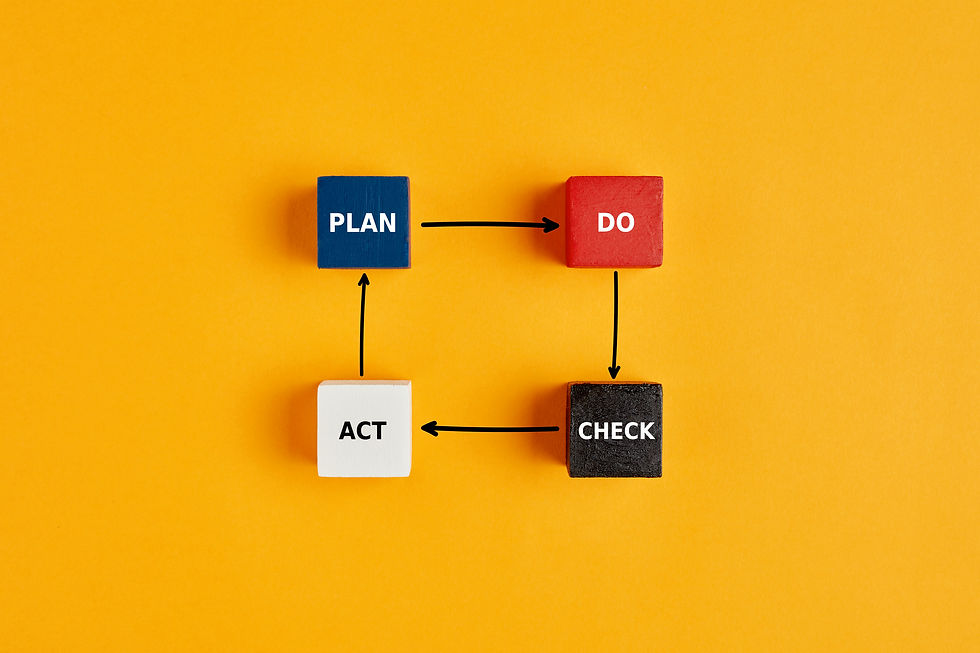Last week I wrote about how clear roles and responsibilities can transform an organisation. This week’s blog is about how to get that system in place and working well.
A well-defined company structure not only fosters efficiency but also enhances collaboration and accountability among team members. Here’s some ideas of how to define clear roles and responsibilities from the top down and how to ensure everyone is clear about what is required in their particular role.

Start at the top: There are different approaches to where to start and how to begin this (seemingly) impossible task. I always think that starting at the top is the best option. This can be done in one of two ways:
1. Either list all the roles needed to successfully run the company and what they need to do to achieve the company’s mission. For example Managing Director is accountable for delivering turnover numbers. Finance director is accountable for cashflow
2. Alternatively take your list of company KPI’s and determine who is accountable for achieving each one. For example who in the organisation is accountable for the sales numbers? Who is responsible for ensuring stock is on the shelves to sell?
Once this has been completed it is them time to consider the roles that are needed to support those senior positions. For example the marketing team might be responsible for bringing in leads to support the turnover or sales numbers.
Steps to Define Clear Roles and Responsibilities:
1. Conduct a Thorough Job Analysis: Begin by analysing each role within the organisation. Identify the core responsibilities, required skills, and expected results. Understanding the details of each position forms the foundation for defining roles clearly.
2. Involve Stakeholders: Engage team members, managers, and other relevant people in discussions about roles and responsibilities. Collaboration ensures a thorough understanding of the roles and encourages a sense of ownership among team members.
3. Develop Comprehensive Role Descriptions: Prepare detailed role descriptions for each position. Clearly outline the primary responsibilities, key tasks, and reporting lines. Specify decision-making authority and teamworking requirements to provide a complete picture of the role.
4. Set Performance Expectations: Clearly communicate performance metrics, deadlines, and quality standards associated with each role. Establishing measurable expectations ensures that team members understand the benchmarks for success, motivating them to excel in their responsibilities.

5. Encourage Open Communication: Create an environment where team members can openly discuss their roles and seek clarifications. Regular check-ins and feedback sessions provide opportunities for team members to express concerns or suggest improvements, promoting a culture of continuous improvement.
6. Regularly Review and Update: The dynamics of organisations change over time. Regularly review role descriptions to ensure they align with evolving business needs. Encourage flexibility and be willing to adapt roles as the organisation grows and transforms.
Conclusion: Defining clear roles and responsibilities is not merely an administrative task; it’s a strategic investment to ensure success in an organisation.
By following the steps outlined above and leveraging technology where possible, businesses can create a harmonious, efficient, and productive work environment. Clear roles empower employees, enhance collaboration, and establish a strong framework for organisational growth.

